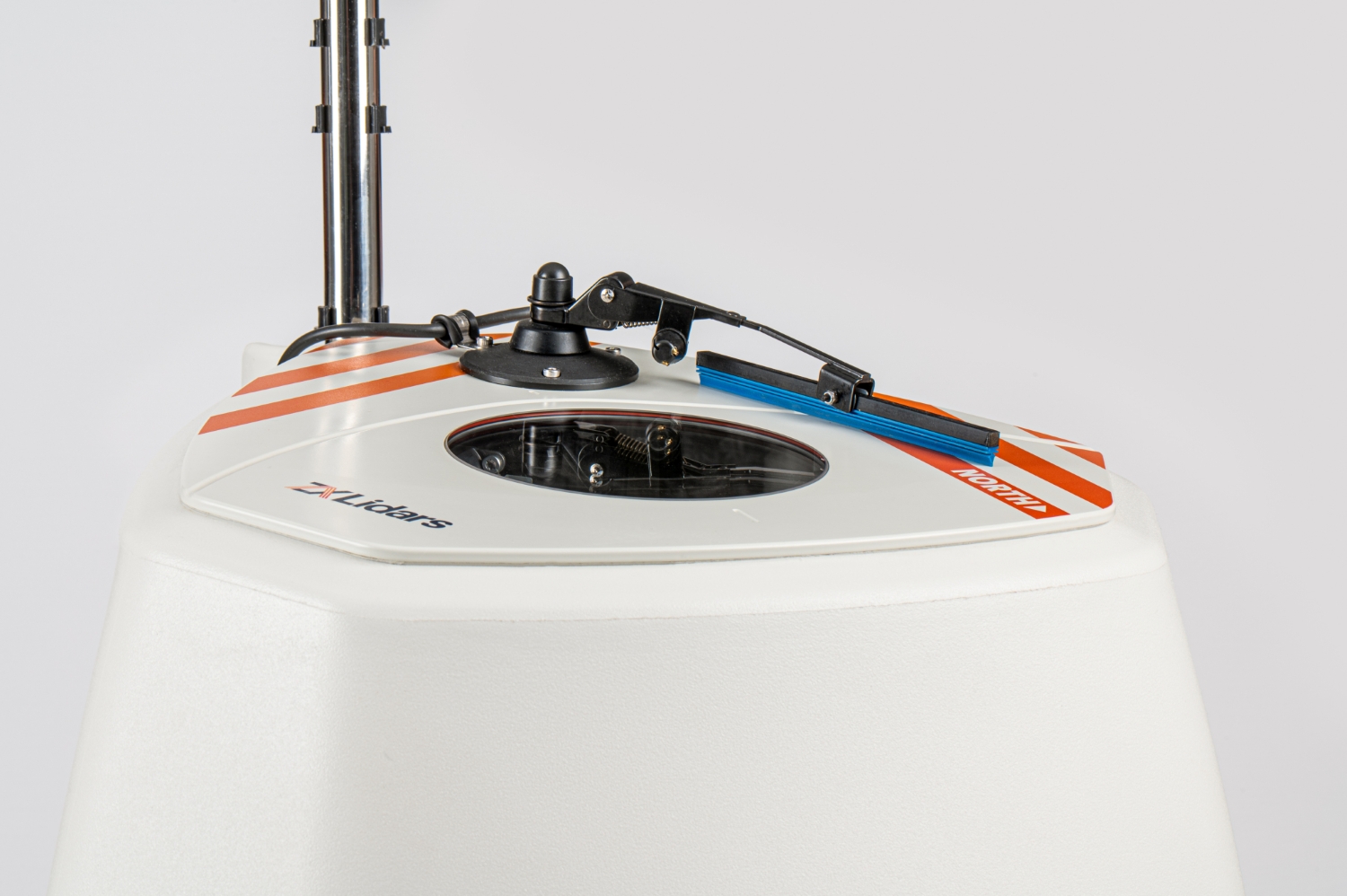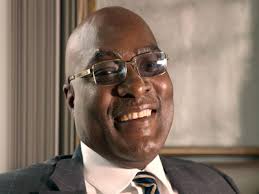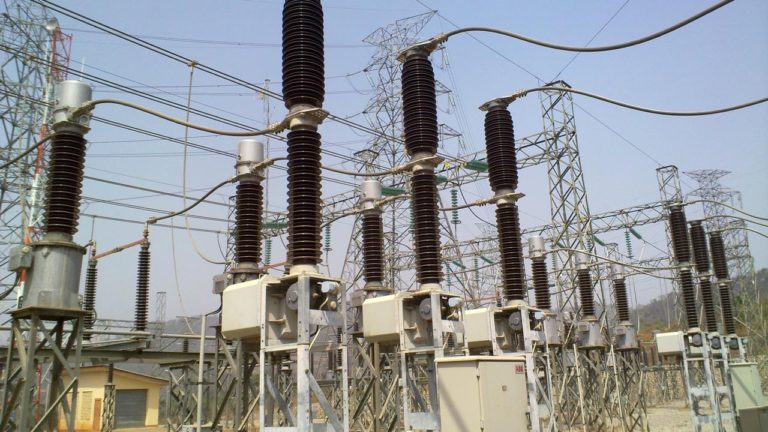Pioneer and former Managing Director/Chief Executive Officer of the Niger Delta Power Holding Company and currently, Chairman, Innovest Nigeria Solutions, James Olotu, tells OKECHUKWU NNODIM, in this interview how the NDPHC started, among other things. Excerpt
How did you restart the National Integrated Power Project after it stopped operations for a while?
I don’t believe there is anything anybody can do in life without reference to God; with God all things are possible. I wasn’t the one who started the NIPP; it was a baby of the three tiers of government, with Chief Olusegun Obasanjo as the lead. The Minister of Power then, Liyel Imoke, was operationally the technical support and the NIPP was a bunch of people that were gathered together with different skills to become a task force. It was when I got in there that the idea of turning it into a company came to the fore and the reason was that the NIPP could not award a contract as a task force. Now, you are dealing with billions of dollars of projects but there is no way you can sign a contract when you are not a company. NIPP was a very diverse programme and at a time we had about 1,700 different projects taking place at the same time, across the power sector value chain. Then, the National Assembly and a committee of the Revenue Mobilisation Allocation and Fiscal Commission were the ones who raised the issues about the way NIPP was formed and that it was being funded using the Excess Crude Account. Those issues were serious enough to stop the work. So we looked at the issues they raised and found that many of them were valid. We met with the leadership on it, to mobilise the state and local governments to join the Federal Government in the project as their money is involved and it was done. All the state governments raised bills at their House of Assemblies and the Federal Government also raised a bill to the National Assembly which was passed through the processes and they became law. From these, everybody came on board and they now decided to give more money. Originally, the NIPP was six power plants and about 30 transmission projects before it was expanded. We now realised that if we build these plants, how does the electricity being generated get to our houses if we don’t build distribution and gas infrastructures? So we solved that problem by expanding it to include the larger value chain, which made us to involve all other relevant sectors such as the Office of Attorney-General of the Federation, Ministry of Finance, among others.
What was the amount of investment in the NIPP before it stalled?
Before the project was stalled, the investors had already spent $2.8bn but those who were trying to stop it did not understand. The contracts that were signed at that time were more than $6bn but we had already put in $2.8bn. As of the time, they were investigating what had been spent in the power sector then, and everyone was talking about $16bn, the actual money spent was $3bn in the entire sector. The Office of the Accountant-General of the Federation made it clear then that it did not release any money, the Central Bank of Nigeria said it did not release such money but the press was not well informed. If the project had not been restarted at that time, it means that the $2.8bn spent as collateralised advanced payment guarantees, international and performance bonds would have been lost. The contractors could go to court and whatever is their perceived expectation of profit if the projects were finally completed, you will pay them. We decided that we should also challenge that area. We met with a lot of people and educated them until we finally convinced them that they were not wrong but that they were not well informed. So we asked them for what to do to complete the projects? This is because the power sector is a special kind of sector, unlike the works sector. If a contractor is asked to build a 100km road and he does 50km you will see what has been done. But you won’t see anything in power until the power project is completed. You can only see machines that are not doing anything until the last bolt is tightened. In power, if the last bolt or nut is not tightened and you put on your switch, the system won’t come up. That is why people complain that so much money has been spent but no value has been seen. The reason is that they don’t understand how power works, unlike how road construction works. In power, the value chain must be completed before you can start using or enjoying supply. You may have the power station ready but if no transmission infrastructure or gas supply, you cannot get electricity or move it to where you want it.
What was the status of the projects you managed before you left the NDPHC?
The entire investment of NDPHC was $8.4bn. The investments we had in the generation out of that $8.4bn was $4.4bn. The investments we had in transmission network infrastructure development was about $2bn. Investment in distribution infrastructure was about $1.5bn. Others were for administration, taking care of compensation, salaries, rents, etc. Now, this is important to clear because most of the time you hear either the National Assembly or some other commentators say $8.4bn was spent while we recovered only $5.7bn. I know you would have heard such stories, but I’ll explain the real issue to you. The projects were not all finished at the same time and what happened was that we had 10 power plants in various locations and of different sizes. The transmission and distribution lines were over 10,000km of different sizes that include 330kV, 132kV double circuit, 33kV and 11kV. The substations were more than 5,000MVA when completed. The gas stations were for the 10 power plants. By the time we were finished, generally, the projects were like 85 percent completed. Amongst the power stations, six of them were completed and were already delivering power to the grid. One was half completed, which is a hybrid power plant known as a combined circuit power plant. I’m talking about the Alaoji power plant, where we commissioned the first phase, which is the single circuit. The second phase, which is the steam turbine, was not completed. So that is why we say it was half-completed.
Tell us about the planned privatisation of the NIPP plants.
We took the 10 power plants to the open market because the idea was that we wanted to privatise them. And the reason for wanting to privatise them is not because Nigerians are incapable of running them; it was because we wanted the private sector to run them. NDPHC operates as a private entity, although the shareholding is by the government. We wanted to hand over the plants completely to the private sector for efficiency and effective management. We wanted the private sector to provide the money that we used for the plants’ construction and use the money for the second phase of the NIPP which was already approved during the last regime. The second phase of the NIPP involves Mambila, Gurara and several other hydropower plants which all together were about 15 in number. The idea also includes investing in some solar architecture. We thought of moving into solar, hydro and coal, and the money we planned to use for these projects was what we intend to generate from the sale of the 10 initial projects. That was why we then put 80 percent of the shares of the 10 power generation plants in the market, finished and unfinished. We went to many parts of the world for road shows. We were in Lagos, Hong Kong, New York and London, the real marketplaces for international business. At the end of the transaction, we were able to rake in $5.7bn for 80 percent shares in those 10 power plants, finished and unfinished. For the unfinished ones, we agreed that we will finish them before we collect the money from the bidders. They can give us some assurance by paying certain percentage so that when we finish, we hand over to them. Now, don’t forget that I said we spent $4.4bn for the generation plants; don’t forget again that I said we got $5.7bn. Also, don’t forget that I said that what was put up for sale was 80 percent. So, really if it was 100 percent, which is what the bidders wanted, it would be $7.1bn. Therefore, we invested $4.4bn in something and we got $7.1bn.
You’ve talked about power generation projects; what about transmission and distribution?
For the transmission projects, we are supposed to hand them over to the Transmission Company of Nigeria in order to boost TCN’s capacity from taking 5,000 megawatts of power to taking about 7,000MW when our infrastructure is added to theirs. But we have to recover our money from them because the three tiers of government are investors and they want to see their money grow. Since transmission is owned by the Federal Government, we transferred the assets to them as we were finishing. For distribution and for gas, we said that they will sit with us and agree that they will pay the value of the projects we are handing to them in a period of about 10 years. By the time my team left the NDPHC, the transmission projects were about 90 percent completed. We added more distribution projects from 165 to 350 and they were 85 percent completed. The generation projects were also about 80 percent completed. Six and half of them (generation projects) were completed while the others were in the range of 70 to 80 percent completion stages. So right now, that is what the new management is working hard to do.
What are some of the challenges you faced while running the NDPHC?
On our challenges, I will say that most of the project contracts were not procured by us. Some were procured before my team came and so we inherited some people that were not the best of contractors to handle the projects. Secondly, we had some contractors that got more projects than they could handle and this was because when they did the bidding, there was scepticism that the multibillion-dollar projects were too big and so most of the credible contractors did not bother to apply because they did not believe it was going to work. For instance, a contractor got about five projects and the same contractor had been keeping the last three of these projects for many years. The third challenge has to do with violence in our various project areas and we had Boko Haram attacks in the North and armed robbery attacks in the East. There were also militancy challenges in Gbarain where we have another power plant. More so, in certain areas in Nigeria, the rains were higher for about nine months with just three months of dry season. In those places, heavy projects, especially like foundations of plants, were not done as we only targeted the dry season, which is just about 90 days in a year available for us to do the real job. This also slowed down the work process. We also have vandalism of public assets like hacking into transmission towers. We don’t produce tower members in Nigeria. They are imported and it takes about six months and that adds to the delay. Vandalism is all over the places. It happens in transmission, distribution and gas projects. These were the challenges we handed over to the new management and we are aware that they are trying to solve these problems. I am aware that some of the culprits have been arrested in certain places and the law is taking its course. Some of them have grudges against the government and they think that their grudge should be meted against government properties.
What have you been doing since you left the NDPHC?
The first thing I did was to take enough rest, eat regularly, and stayed at home with my family for a long time. But after a few months of doing that, I started having problems again, and so I joined an organisation called Skipper Seil, which is a group of companies based in India and Dubai. They are also involved in power business in Nigeria. They won a contract to construct a 44km rail in Kaduna, which is about $700m and I joined because I like to show that Nigerians can do such projects. They also have about four power projects to do, three of them are coal-fired plants and the last one is gas-fired. They equally have special economic zones to develop in Kaduna and Katsina, and I thought these were very challenging opportunities to build up another big company but somehow, I didn’t like some things about the processes and I left but still remain a member of the board. I recently decided to set up a new outfit with some of the best brains in Nigeria’s power sector and very soon we will have Innovest Nigeria Solution Limited come up to provide solutions to Nigeria’s issues. It is going to be a limited liability company and I am its chairman.
What is Innovest offering the Nigerian power sector?
Innovest is not just about Nigeria’s power sector, even though power is one of its fundamentals. It is about using the most modern methods for deploying power solutions to Nigeria within a short time and this could be through solar, wind, biomass and ethanol. We have a lot of these resources to produce some high-quantum energy. Some of these will be off-grid because you know our grid is not stable and we will concentrate more on non-fossil fuel power solutions. If you look at the world today and the issue of global warming, the thinking and technology are about saving the cost of production. Countries that do not have crude oil and gas are running away from buying oil because of its costs. The innovations in battery technology today are such that you can have small batteries with big capacities that you store more energy during the day for use at nights. The technology is getting better and cheaper by the day as seen in what Tesla is doing. These are technologies that are available and we should begin to use them in homes and estates. Recently, a special product was made from a specific beach sand which is broken into small atoms and made into small cards. These cards are gathered into large volumes and put into a computer box that now provides electricity to homes. It is a remote wireless power system that emits power in your homes. Most of the shopping malls in Europe are now quietly on this system which takes small space. It is called sand mesh for now.
Source: Power Sector News








